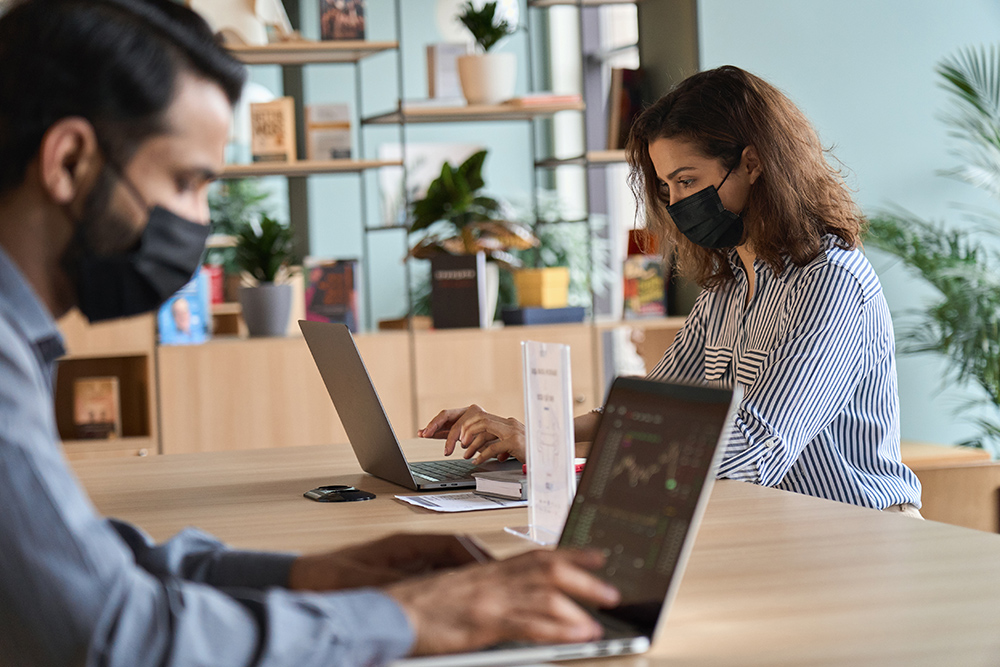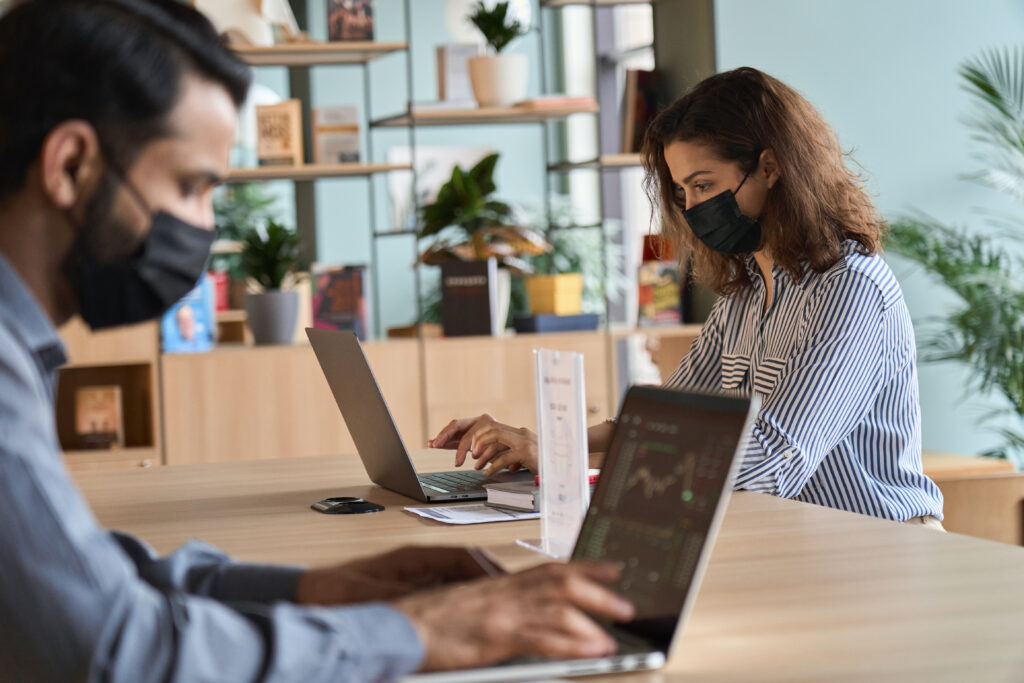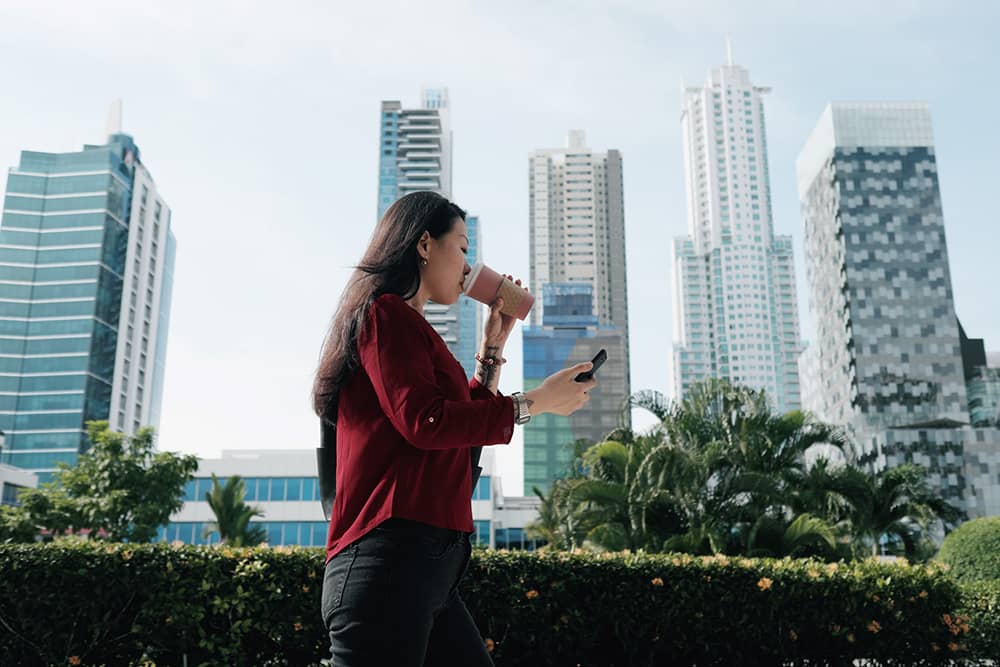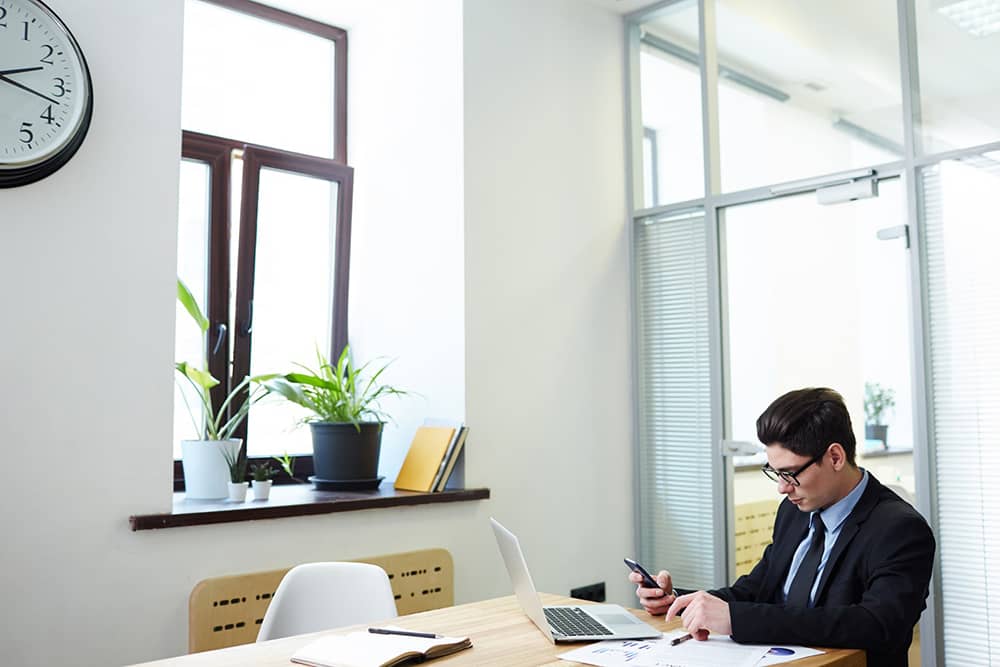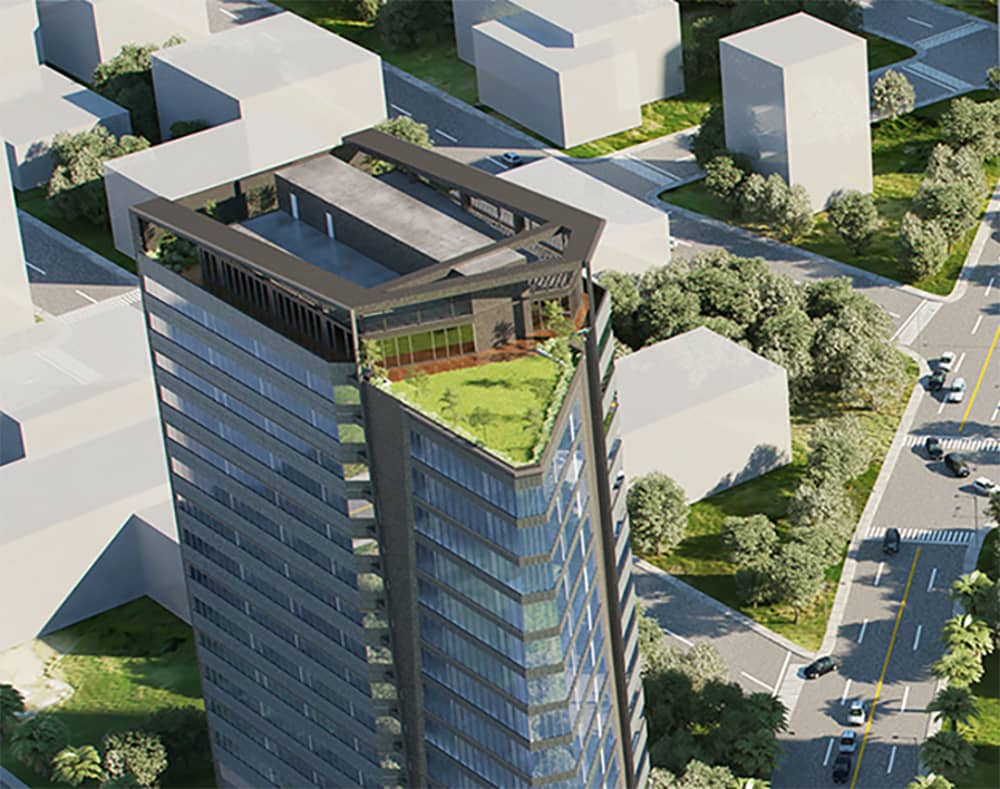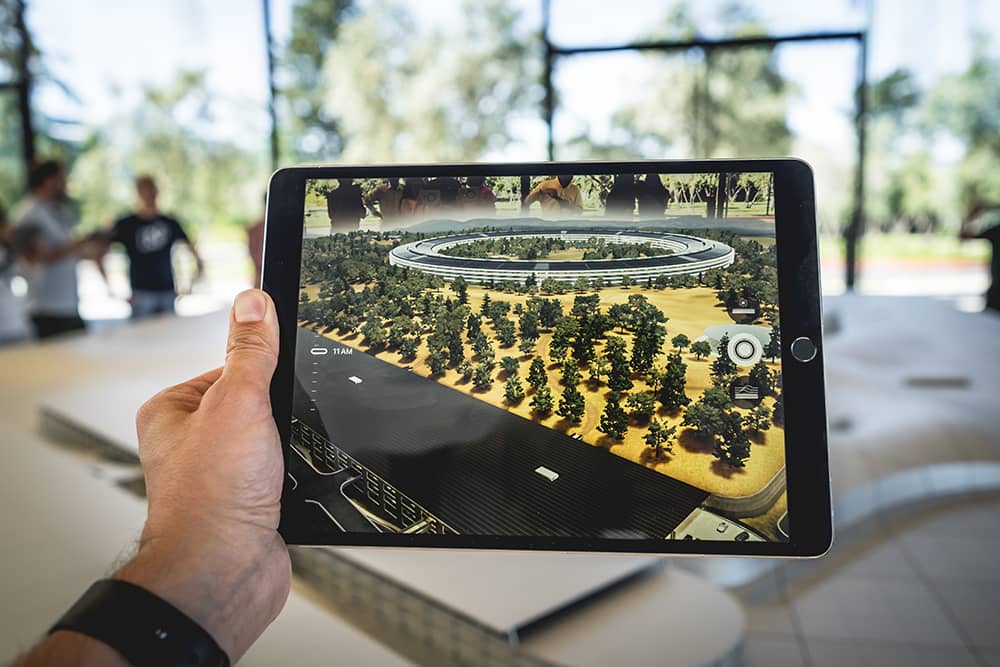If there is something positive that came out of the COVID-19 pandemic, experts agree that it is emphasizing the importance of employee health and safety, exploring the possibility of a more flexible working arrangement, and reiterating the importance of space – especially in the office.
As more economies and industries reopen in the new normal, many companies and businesses are becoming more aware of their responsibilities in taking care of and prioritizing the well-being of their employees. As an effect of the long-term remote work scheme, most employees have also realized the importance of work-life balance.
What is Work-Life Balance in the New Normal?
Mobile devices, cloud sharing applications, and video conferencing platforms have played key roles in making remote work possible during lockdowns. As modern technology offered this possibility and convenience, it also further blurred the line that separates work and the private lives of many workers. In an article published by Forbes Magazine in May, many employers and employees alike reported burnout because of this. International corporations and even local businesses have recognized how “the blurring of lines between home and work and the relentlessness of the pandemic workday have taken a toll on their well-being.”
Redefining work-life balance in the new normal became crucial for companies in order to address it better during business re-entry. With the transition to a more flexible work arrangement, work-life balance now emphasizes the importance of working efficiently without sacrificing the employees’ health and wellness. Work-life balance in the new normal should also highlight rest and strengthening one’s immune system as protection against the virus. Moreover, it should also focus on working within safe and healthy workspaces.
Healthy Spaces for Work-Life Balance
According to the World Health Organization (WHO), a healthy post-pandemic workplace should be a balance of occupational health and safety, as well as health promotion efforts and initiatives.

JEG Tower @ One Acacia was designed and built with its occupiers’ health and safety in mind. Even before the pandemic, this premium 22-storey commercial establishment aimed to offer the best workplace in Cebu City.
Homegrown developer, JEG Development Corporation (JDC), has focused on pivoting the evolving needs of the workplace in the new normal and has incorporated systems, fixtures, and technology to inspire work-life balance and provide a safe space for its tenants.
READ MORE: Future-Proof Workspaces: Office Must-Haves in the New Normal

Through the intelligent utilization of technology, sustainable design and construction methods, and integrated and holistic approach to the well-being of its occupiers, JEG Tower @ One Acacia is the perfect new normal workplace in the heart of Metro Cebu. This premium green building was named 2020’s Best Green Commercial Development in the Philippines for its design and utilization of top-grade amenities to elevate the experience of its tenants. It also recently achieved a LEED Gold certification, making it one of the most sustainable developments in the country.
Looking for a safe workplace post-lockdown in Metro Cebu? Reach out to Lorenzo Rodriguez at (+63) 917-825-6884. Schedule a viewing with us today by calling (+63) 2-8403-5519 or sending an email to jegtower@kmcmaggroup.com.





